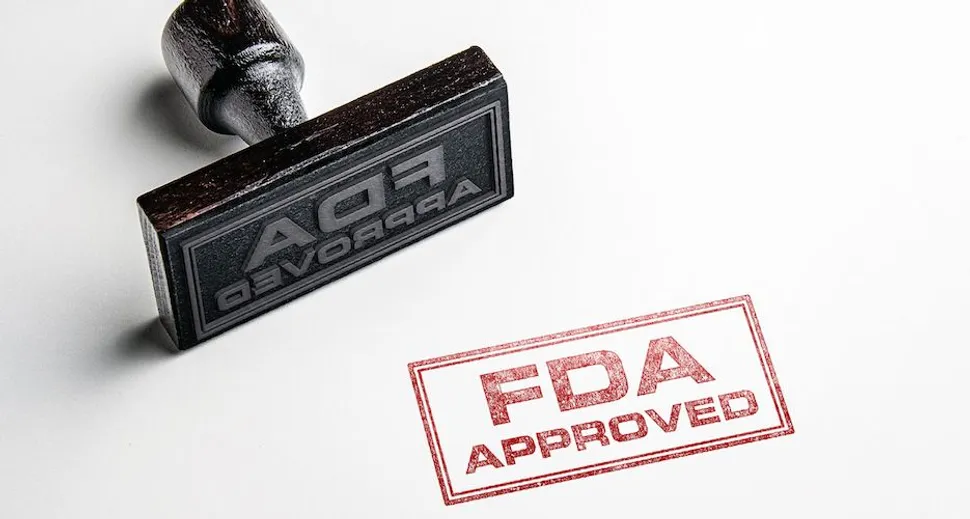FDA Approves Isatuximab as First-Line Treatment for Transplant-Ineligible Multiple Myeloma

In a significant victory for the myeloma community, the U.S. Food and Drug Administration (FDA) has approved isatuximab (Sarclisa, Sanofi) in combination with bortezomib, lenalidomide and dexamethasone (VRd) for adults newly diagnosed with multiple myeloma who are not eligible for autologous stem cell transplant. This marks the first time an anti-CD38 antibody has been approved in combination with VRd for this specific group of patients.
Addressing the Needs of Transplant-Ineligible Patients
This landmark approval is particularly important given that the median age at diagnosis for multiple myeloma is around 70 years old. This means many patients are not eligible for a stem cell transplant, often due to age and other health conditions, making effective first-line treatment options crucial. As the disease progresses, it can significantly impact the quality of life and overall health, and as a patient gets older, other health conditions might appear, making it more difficult to receive certain types of treatments. Therefore, the initial treatment strategy is critical in maximizing both the length and quality of life. Achieving the best possible response with first-line therapy is essential.
IMROZ Trial Demonstrates Significant Improvement in Progression-Free Survival of Quadruplet Therapy
The FDA's decision is based on the positive results of the Phase III IMROZ trial (NCT03319667), which demonstrated that adding isatuximab to VRd significantly extended the time patients lived without their disease progressing (progression-free survival) compared to VRd alone. This approval marks a significant step forward in the treatment landscape for transplant-ineligible myeloma patients. While other VRd-based quadruple therapies are being investigated in clinical trials, the isatuximab-VRd combination is the first to receive FDA approval, offering a new standard of care for this patient population.
Isatuximab's First Approval for Newly Diagnosed Patients
Isatuximab, first approved in 2020 for certain patients with relapsed or refractory multiple myeloma, is a type of therapy known as a monoclonal antibody. It works by targeting a protein called CD38, which is found in high levels on the surface of myeloma cells. By binding to CD38, isatuximab helps the immune system recognize and destroy these cancerous cells. This marks the first time isatuximab has been approved for its use in earlier stages of the disease, offering a new first-line treatment for transplant-ineligible patients.
You can learn more about immunotherapy and isatuximab with HealthTree University for Multiple Myeloma. Create a free account to watch and save multiple videos from experts explaining how isatuximab works, how it's administered, its side effects, and how they manage them:
This approval represents a significant step forward in addressing the needs of newly diagnosed, transplant-ineligible multiple myeloma patients. The combination of isatuximab with VRd offers a new approach to initial treatment, potentially leading to better outcomes and improved quality of life for people living with this disease.
Sources:
In a significant victory for the myeloma community, the U.S. Food and Drug Administration (FDA) has approved isatuximab (Sarclisa, Sanofi) in combination with bortezomib, lenalidomide and dexamethasone (VRd) for adults newly diagnosed with multiple myeloma who are not eligible for autologous stem cell transplant. This marks the first time an anti-CD38 antibody has been approved in combination with VRd for this specific group of patients.
Addressing the Needs of Transplant-Ineligible Patients
This landmark approval is particularly important given that the median age at diagnosis for multiple myeloma is around 70 years old. This means many patients are not eligible for a stem cell transplant, often due to age and other health conditions, making effective first-line treatment options crucial. As the disease progresses, it can significantly impact the quality of life and overall health, and as a patient gets older, other health conditions might appear, making it more difficult to receive certain types of treatments. Therefore, the initial treatment strategy is critical in maximizing both the length and quality of life. Achieving the best possible response with first-line therapy is essential.
IMROZ Trial Demonstrates Significant Improvement in Progression-Free Survival of Quadruplet Therapy
The FDA's decision is based on the positive results of the Phase III IMROZ trial (NCT03319667), which demonstrated that adding isatuximab to VRd significantly extended the time patients lived without their disease progressing (progression-free survival) compared to VRd alone. This approval marks a significant step forward in the treatment landscape for transplant-ineligible myeloma patients. While other VRd-based quadruple therapies are being investigated in clinical trials, the isatuximab-VRd combination is the first to receive FDA approval, offering a new standard of care for this patient population.
Isatuximab's First Approval for Newly Diagnosed Patients
Isatuximab, first approved in 2020 for certain patients with relapsed or refractory multiple myeloma, is a type of therapy known as a monoclonal antibody. It works by targeting a protein called CD38, which is found in high levels on the surface of myeloma cells. By binding to CD38, isatuximab helps the immune system recognize and destroy these cancerous cells. This marks the first time isatuximab has been approved for its use in earlier stages of the disease, offering a new first-line treatment for transplant-ineligible patients.
You can learn more about immunotherapy and isatuximab with HealthTree University for Multiple Myeloma. Create a free account to watch and save multiple videos from experts explaining how isatuximab works, how it's administered, its side effects, and how they manage them:
This approval represents a significant step forward in addressing the needs of newly diagnosed, transplant-ineligible multiple myeloma patients. The combination of isatuximab with VRd offers a new approach to initial treatment, potentially leading to better outcomes and improved quality of life for people living with this disease.
Sources:

about the author
Marta Llobet Canela
Marta believes that too many people still struggle to understand how our bodies work, making a cancer diagnosis even more overwhelming. With 10 years of experience in blood cancer, she transforms complex medical language into clear, accessible information, empowering patients to confidently advocate for themselves and participate in meaningful research at HealthTree. She loves exploring New York and always says yes to trying a new restaurant!
More on Treatment Advances
Trending Articles




Get the Latest Multiple Myeloma Updates, Delivered to You.
By subscribing to the HealthTree newsletter, you'll receive the latest research, treatment updates, and expert insights to help you navigate your health.
Together we care.
Together we cure.
3x Faster.











